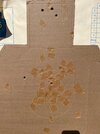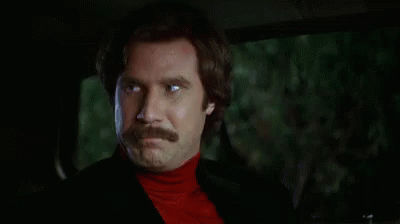A lot of people will say that for the average concealed carry citizen, 2 seconds is good, and 1.5 seconds is very good.
You didn't actually ask for any training ideas, so just disregard this if it's offensive.

I personally think that as you push for speed, you're better served to come in closer than to go for 10 yard shots. Train at 5 or even three yards in order to push the speed. Make good hits fast at that distance, and then you'll be faster at longer distances, too. If you don't go faster, you will never go faster. (Edit: of course, your speed gains will mostly be made dry, and only verified live, unless you have an ammo budget like the king of siam or something.)
There are two places that most people can pick up a ton of time on the draw.
First--this may sound like a joke, but it isn't--move your hands faster. A lot of the time, we move like we're going through molasses. Slap that hand onto the grip like it owes you money. Do some reps just getting onto the gun FAST.
Second, practice just reacting to the beep. Set your random start timer, and tap it with your finger as soon as you hear the beep. (Just hold your finger a couple of inches away and tap.) Aim to get something like a .17. Many people will start this drill with a reaction time closer to .3. If you take three tenths to start reacting, and then you move your hands at half speed to get to the gun, you're going to have a slow draw. If you react in .15 and move your hands like they're on fire, then you will have a much faster draw. Sounds obvious, right, but I needed someone to tell it all to me.

One other thing that can really help is to make sure you're prepping the trigger as the sights come into your line of sight. Don't wait until you're on the target to start the trigger press. And you can be cleaning up the sight picture as you're extending to the target, too. That way, once you reach full extension, you're ready to fire. You don't get out there and aim for three tenths before starting the trigger press.



